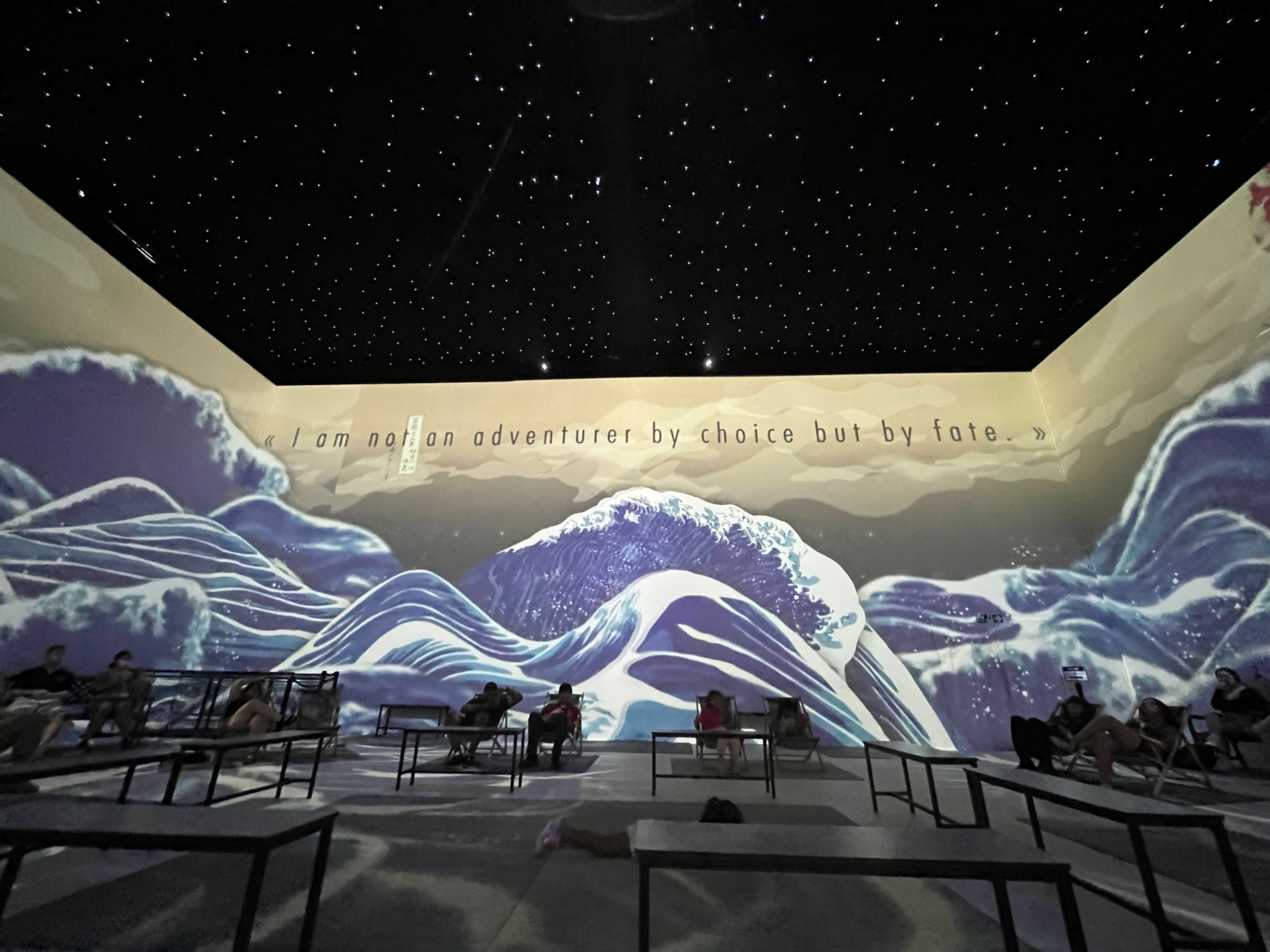A couple of weeks ago I went to the Van Gogh Immersive Experience in London.
Here’s the gentleman in question.
Although I’m in general artistically ignorant, I was already a fan particularly of his extremely famous “Starry Night”. The exhibition was kind of short and a bit gimmicky in places, but I do feel like I came away with a deeper appreciation and knowledge of the fellow and a deeper awareness of his art so I’m overall happy enough to have gone.
One such new-to-me fact was that Van Gogh was thought to be colourblind. This may be what is behind his iconic use of colour. Perhaps he literally saw the world differently to most of us do.
Born in 1853, Van Gogh was an even more tortured soul than I had realised. Famously he had psychotic episodes, worsening over his life. These occurred alongside bouts of depression, epilepsy and possibly bipolar disorder. Without the necessary support it could make him hard to live with at times; the well-known cutting his own ear off incident apparently occurred shortly after a huge row with a housemate.
He was fully aware of his condition and the concomitant delusions, checking himself into a psychiatric hospital after the ear event. Even inside such a place he was artistically productive when not entirely incapacitated, producing some of his very widely known pieces of art. Sometimes these were based only on what he could see out of his room’s window, other times by the contents of his dreams: “I dream of painting and then I paint my dream”. Over his lifetime he produced over 2000 artworks.
Eventually he was deemed fit and safe to go return to the outside world. Unfortunately it was too soon. On the last day of his life, July 27th 1890, aged 37, he painted one final picture, Tree Roots, and then, a couple of hours later, shot himself in the chest. It wasn’t an instantaneous death, but two days later he was no longer with us.
Sadly, Van Gogh wasn’t at all well-known or renowned during his life. The excitement around (and incredible valuations of - some have since sold for the equivalent of hundreds of millions of dollars) his paintings came much later.
The main titular “immersive” part of the exhibition occurs at the end of the show where you get to sit in a deck chair in a big dark room surrounded by animations based on his most famous paintings and quotes, with an appropriate soundtrack for as long as you feel like witnessing the loop.
Pragmatically, it must be said that given the surfeit of excellent and free museums and galleries in London this one is pretty expensive for what it is. That said, I guess the immersive part of it probably isn’t available anywhere else so if you want to see that there’s little choice.
My pro tip if you have some-but-not-infinite cash to burn would be to buy the standard ticket (£18 per adult), not the VIP one (£27.90), even if you want to have a go at the extra VR experience. You can buy entrance to the VR part when you’re there if you want, currently for £5. VIPs can queue-skip, but then again I went on a random Sunday and there was no queue at all. You also don’t get a poster to go home with, but there’s plenty to be had in the gift shop.



